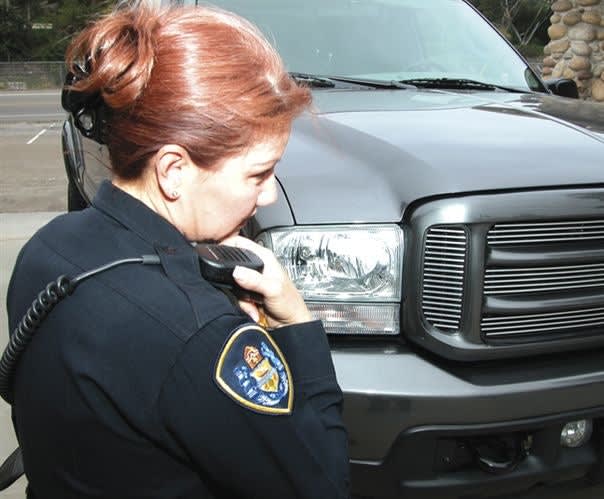Los Angeles Sheriff's Department K-9 officer Dep. Steve Wilkinson notes that K-9 handlers responding to containment requests can often handicap the odds of a successful search while listening to the area coordination over the radio.
One of the key factors in establishing a successful containment is coordinating police resources via the radio as quickly as possible. The days of suspects running a block or two and burrowing are gone. Generally speaking, the only suspects that hunker down are your inexperienced criminals, your first timers. Veteranos-your second- and third-strike candidates-are gonna keep running.
And so will the pursuing officers, which puts distance between the officers and their patrol cars and creates that much more of a delay in setting up a containment. Consequently, it is important for a responding officer to take the initiative in setting up a containment as the officers in the foot pursuit will be winded. Ideally, this officer should be the senior cop working the area. Failing that, an officer with an extended ETA should take up the slack by pulling over and using his map in setting up a containment. Once a containment has been effected, ask the aero unit-if available-if there are any weaknesses in your containment.
Portable radios are the closest thing to having a lifeline next to a partner. They allow for the expedient response of assistance, prevent situations from escalating, and allow officers greater freedom from their patrol cars.
But they can offer a false sense of security. Charley Larson, communications section supervisor with the Montana State Patrol, notes that no matter how state of the art the technology may be, his agency's jurisdiction has no shortage of "dead zones," in large part due to the mountains from which the state derives its name.













